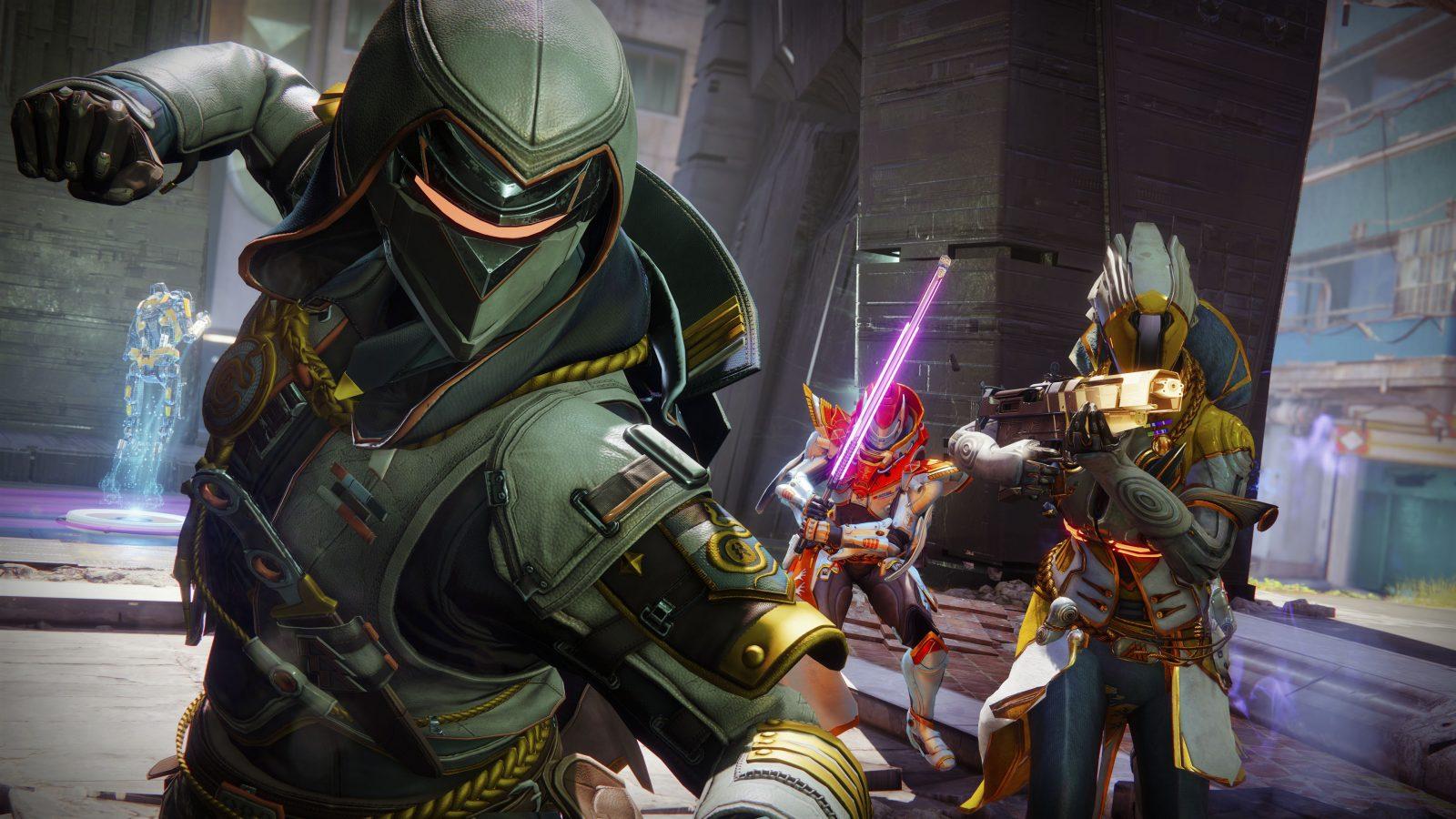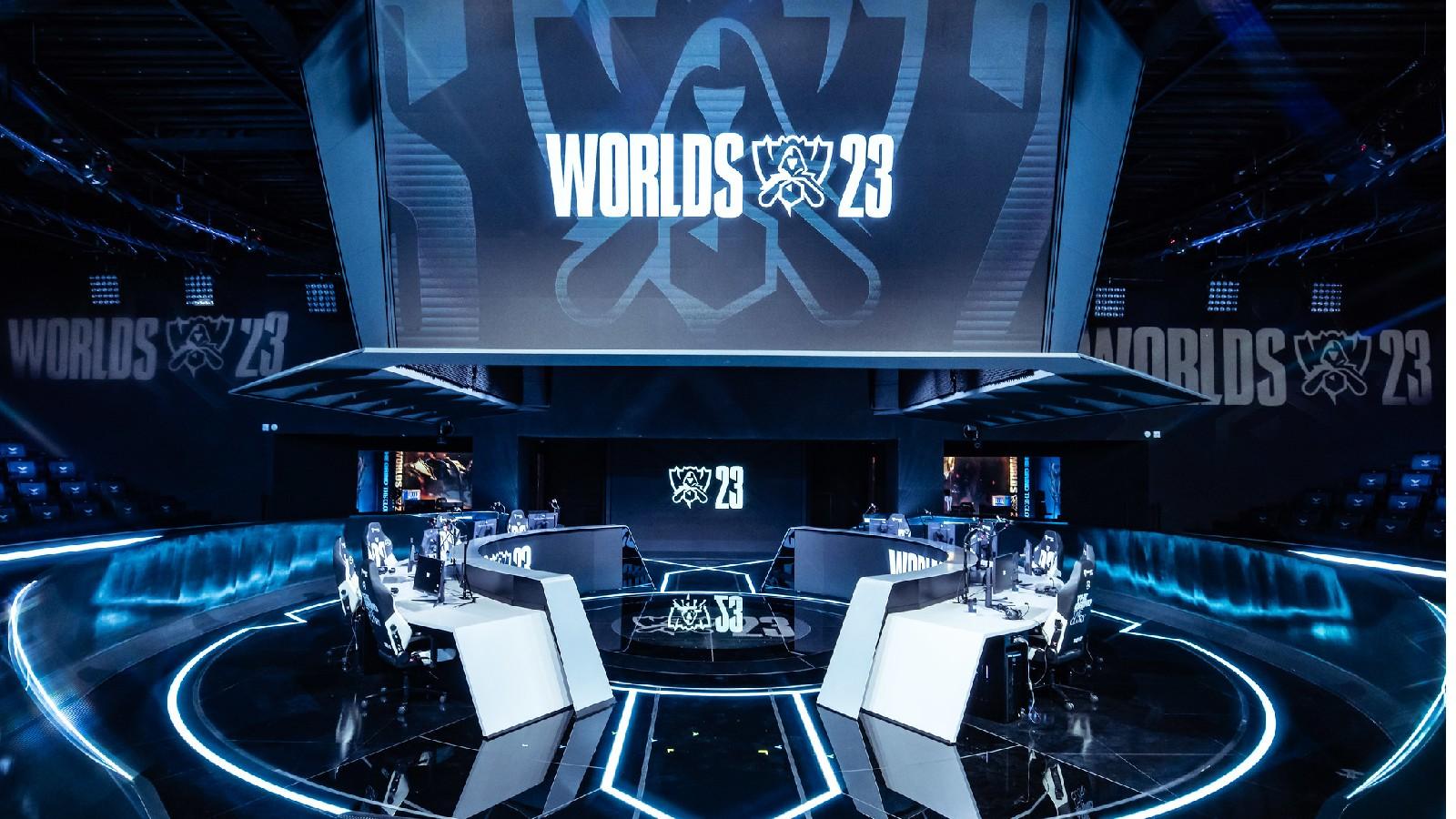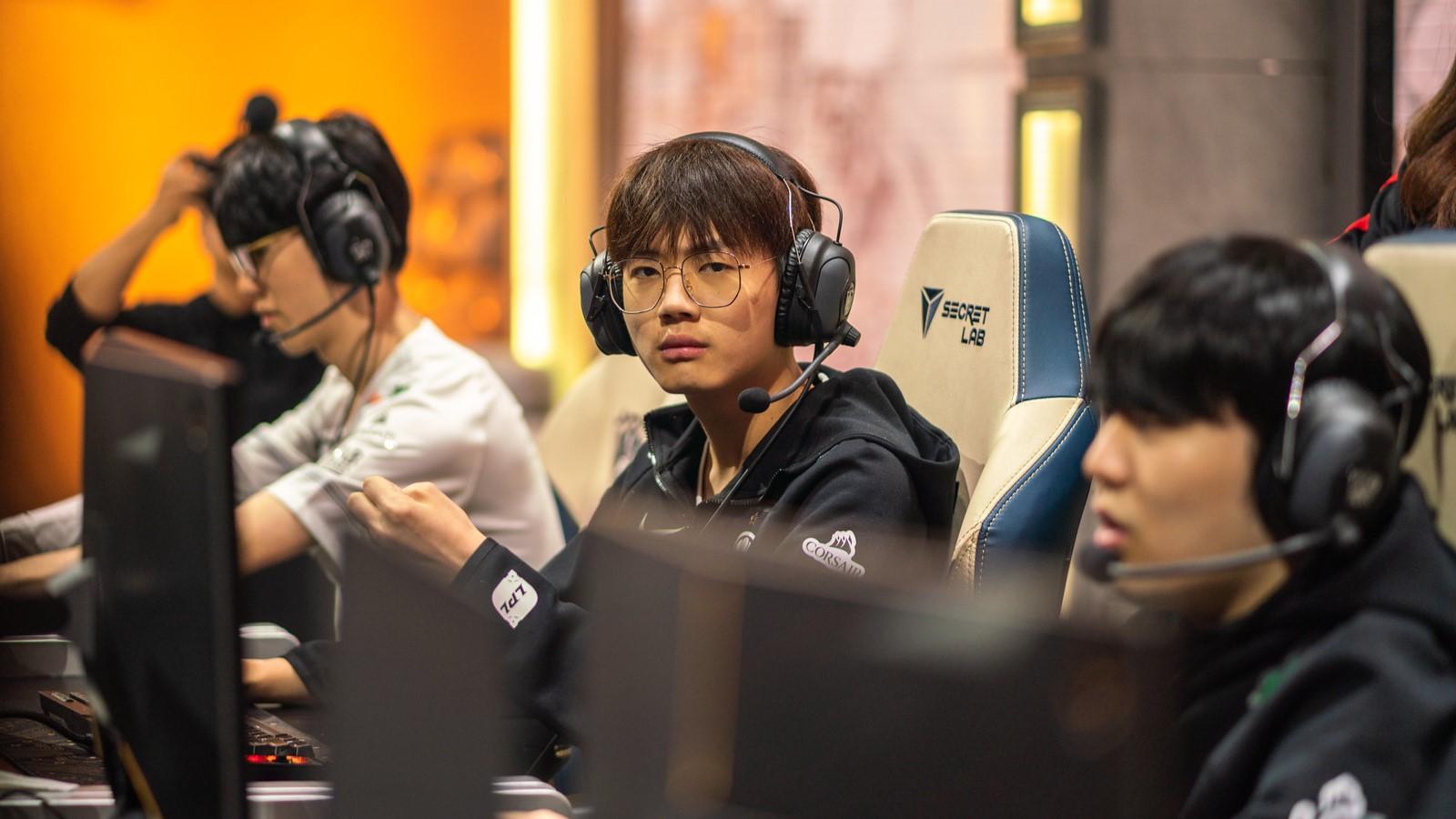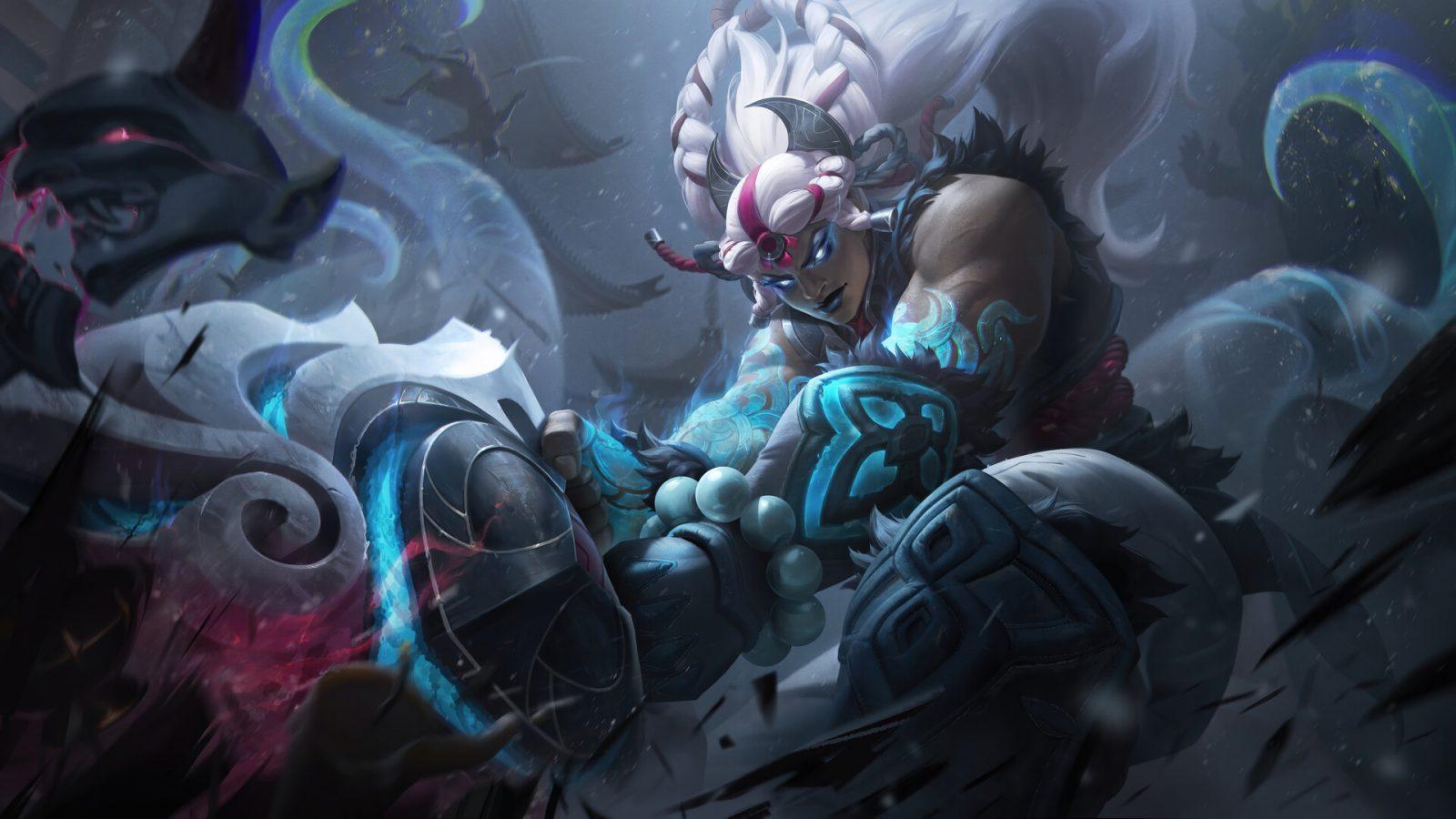Kelsey Moser: The SKT Ezreal infatuation
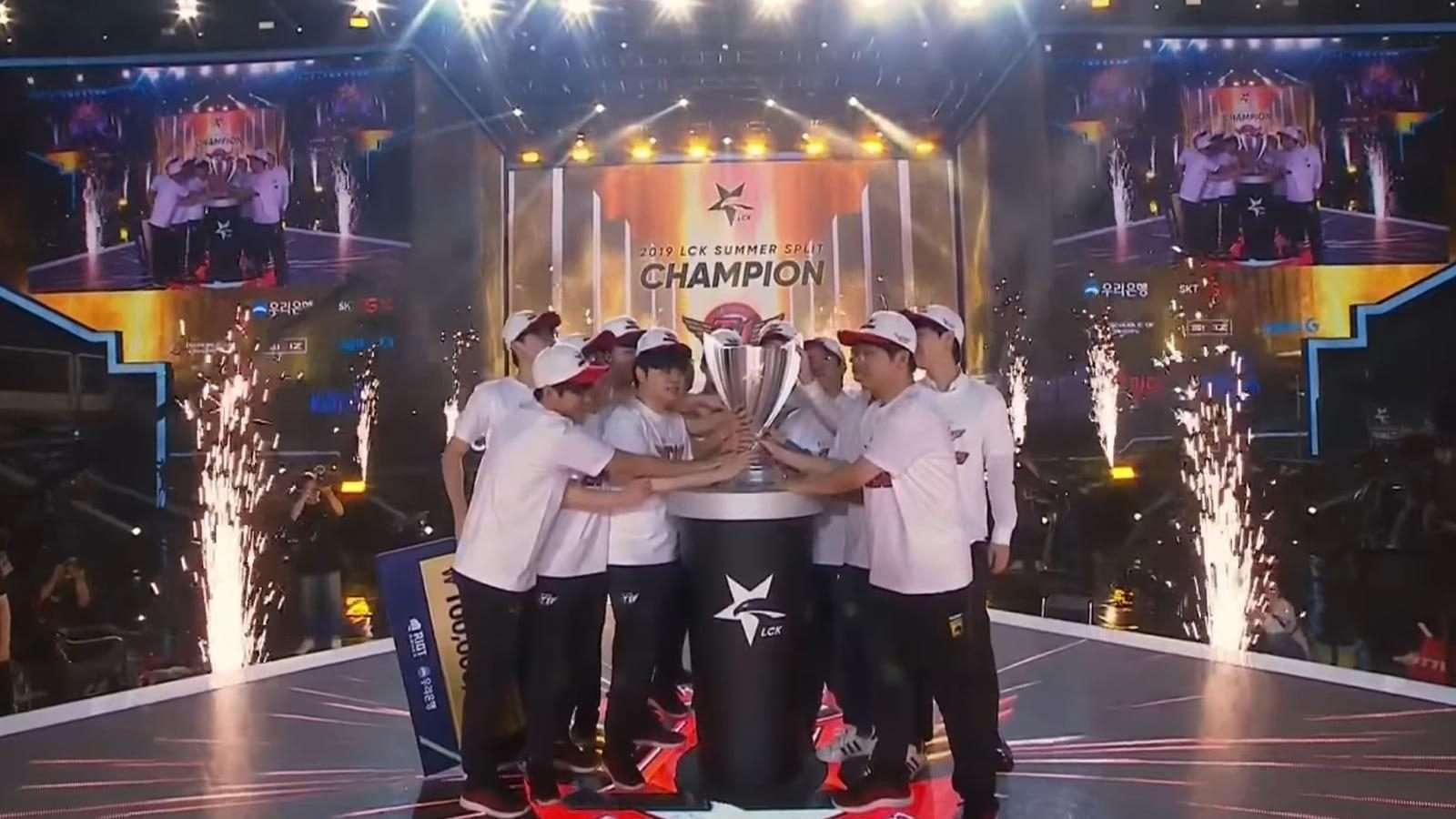 Riot Games
Riot GamesIn 2017, Longzhu Gaming qualified as the first seed from the LCK for the League of Legends World Championship.
[ad name=”article1″]
Seen as heavy favorites to take the title, the team had four players make the lauded Riot Games Top 20 Players at Worlds list, with three qualifying directly for top five. Kim “Khan” Dongha, rising Korean top lane star, served as the centerpiece of the team, unstoppable in lane domestically and capable of split-pushing to victory.
After exiting the Group Stage without dropping a best-of-one match, Longzhu directly hit a wall. Samsung Galaxy, LCK’s third-seed team, managed to heavily target Longzhu’s bottom lane of Kim “PraY” Jongin and Kang “GorillA” Beomhyun.
Normally left to their own devices domestically while LCK teams tried to shut down Khan, PraY and GorillA consistently won lanes in isolated 2v2s. Yet when they fell heavily behind vs Samsung Galaxy, they couldn’t hold the mid section after first turrets fell. Khan couldn’t split push, and many of his flaws in team fights came to light when the enemy team either forced him to group for objectives or collapsed on him in side lanes.
[ad name=”article2″]
Since then, Khan – now an important member of LCK’s dominant 2019 first seed, SK Telecom T1 – has certainly evolved. His exciting Vladimir flanks against Afreeca Freecs in Game One of the LCK Wildcard Round didn’t have the same unfortunate echoes of 2018 KingZone’s Mid Season Invitational Vladimir Teleports. SKT T1 even managed to play somewhat consistently to the bottom side of their map in Spring of this season.
But even with a completely different roster around him and now the substitution of support Lee “Effort” Sangho over Kim “Mata” Sehyeong, the more SKT play, the more they start to look like the unfortunate 2017 Longzhu. SKT, like Longzhu, deal with Khan’s peculiarities by shifting burden to the bottom lane, resulting in what I like to call the Ezreal infatuation
[ad name=”article3″]
A history of Ezreal
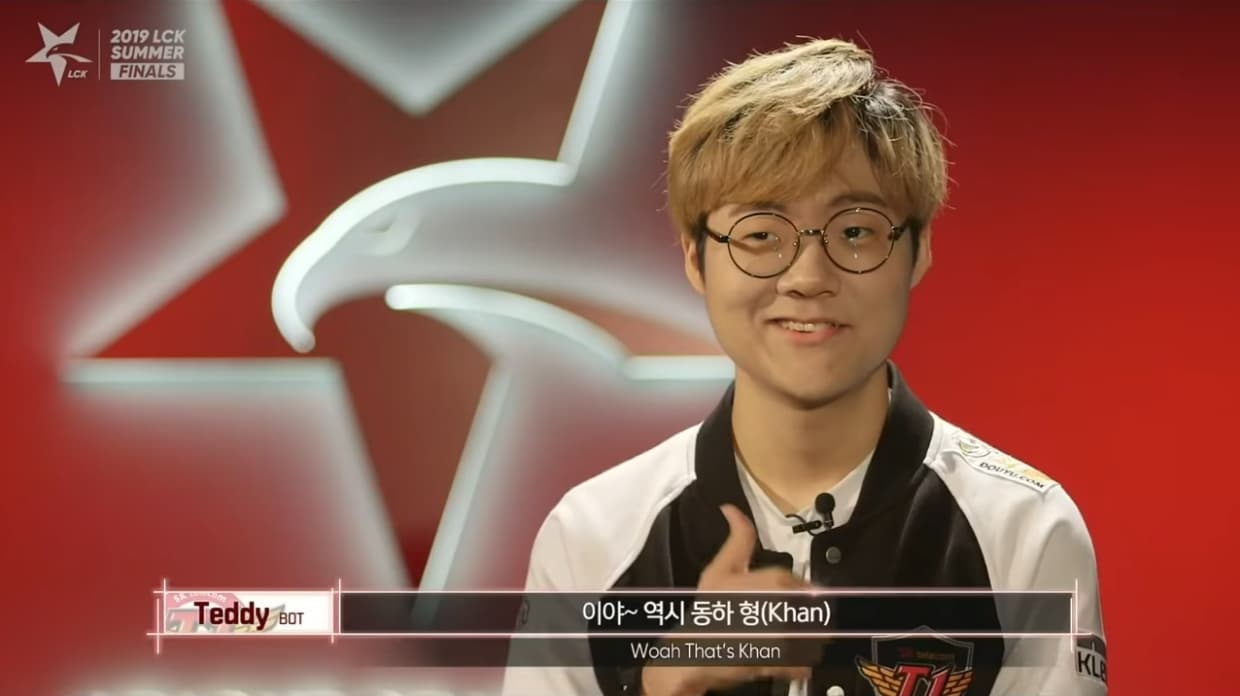
SKT T1 bottom laner Park “Teddy” Jinseong loves Ezreal, much like the team’s previous bottom laner, Bae “Bang” Junsik. Ezreal is Teddy’s career most played champion with 45 games and a 64.4% win rate while Bang’s career total is at 98. Pointing out that SKT loves Ezreal seems relatively obvious and unnecessary given the players who have occupied the team’s bottom lane, but in the Summer Split, Ezreal has shifted subtly and almost geniously from power pick to crutch pick.
With an 80.6% win rate in 2019 (SKT T1’s highest win rate AD Carry), Ezreal also became one of the champions most banned against SKT T1 (banned in 26% of games). But the bans didn’t just come from Teddy’s prowess in team fights. Rather, Ezreal became the most ideal pick for how SKT T1’s gameplay evolved.
As a champion, Ezreal plays self-sufficiently in the bottom lane. High mobility, and the ability to thin his wave with his ultimate or freely chunk the opponent after building Tear of the Goddess, make him really difficult to dive. Most importantly, however, he can clear the wave in the mid lane very quickly in a 1-3-1 or 1-4 map states in mid and late-game, particularly in an isolated 2v2 against opponent bottom lanes.
[ad name=”article4″]
Any team with Khan or any SKT T1 roster historically would find an Ezreal player appealing. Ezreal allows SKT T1 to play for 2v2s or 3v3s top with top lane, jungle, and mid while bottom lane can safely lane. Then, as long as Ezreal stays somewhat competitive in CS, he can secure first move on the mid lane at two items and allow for an accelerated top laner to split push without concern.
In other words, it wouldn’t really matter if you can out-skirmish SKT’s top side the way G2 Esports did at MSI or the way Griffin did in Game Three of the Grand Final if SKT T1 have Ezreal. Khan can still outscale in a side lane and split safely as long as Teddy remains untouched and safe on his best champion.
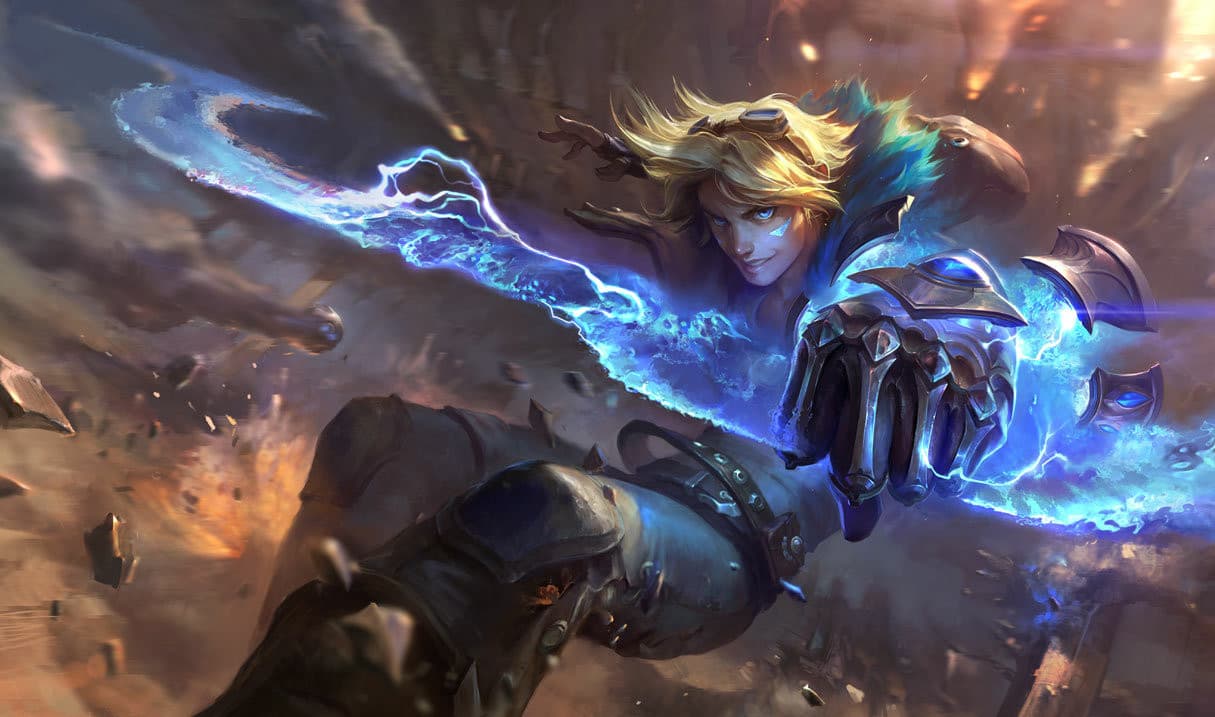 [ad name=”article5″]
[ad name=”article5″]
A lot of SKT T1’s best picks serve this function well. With Ezreal down, almost nothing can match Xayah-Rakan in the mid-section in mid game. Varus-Tahm Kench can not only safely and quickly clear the lane with a Varus combo, but have higher mobility for getting to side lanes faster. Sivir merely needs to W and auto the wave for it to vanish.
Obviously, most of these champions were just good in much of 2019 Summer for this exact reason, but that’s also why the meta so heavily seemed to favor SKT T1. In a lot of ways, teams in the LCK Playoffs didn’t properly pressure SKT T1’s flaws, but instances of them still shone through.
Examples from SKT T1 vs Griffin
In Game One of the Grand Final, it became very clear that Griffin didn’t have quite the level of jungle tracking as SKT T1. Despite the awkwardness of Xayah-Tahm Kench as a bottom lane and Ezreal-Rakan’s priority, jungler Kim “Clid” Taemin still chose to path from Blue Buff to Red Buff, then clear small camps back to top side before heading bottom. This left Khan’s Akali at an awkward position when trying to crash the wave against Mordekaiser, but he still reacted well to Lee “Tarzan” Seungyong’s pressure on Sejuani.
Meanwhile, almost every gank mid by Clid for Lee “Faker” Sanghyeok around reset timings as the Elise-Renekton combo seemed unexpected on Griffin’s side. SKT T1 got resets for free despite Clid not hovering for them in bottom lane. Griffin didn’t use SKT T1’s late back timings bottom to play for Infernal. When SKT T1 set up for a top play, Teddy cleared the bottom wave with his ultimate to avoid a trade dive, but Griffin still reacted far worse.
But most egregiously, when it came to playing for objectives in mid game, Griffin seemingly gave up the mid wave for free to SKT T1. Lee “Tarzan” Seungyong could have walked directly mid before an objective to try to pull SKT T1’s side lane pressure into a fight that may have benefitted Griffin, but instead, Ezreal could take the wave for free, and SKT T1 rotated to whatever objective they wanted first.
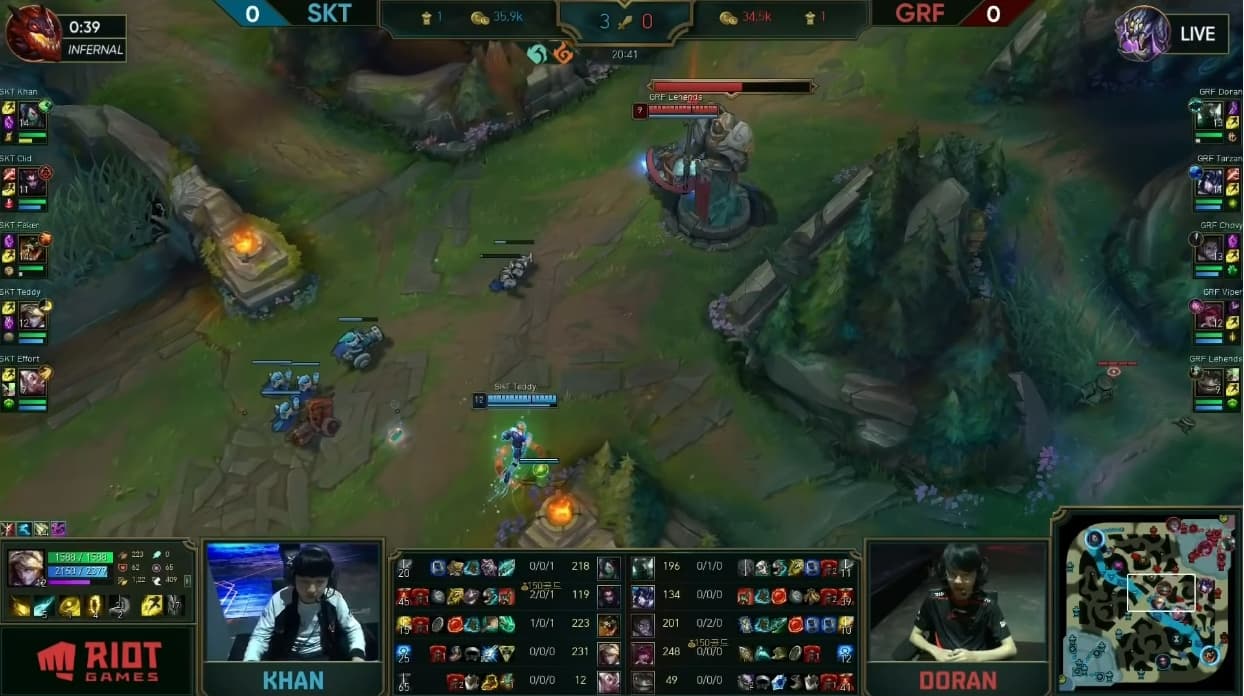
Griffin simply didn’t prioritize playing for mid wave in the mid game (or in the early game when Faker could basically secure it for free with a good matchup). As a result, SKT T1 could move to any objective first completely uncontested. Since Griffin played so poorly around the mid wave, they ended up denying and then banning Ezreal for the last two games of the series.
It worked out for them relatively decently in Game Three. SKT T1 didn’t pressure their bottom lane advantage and instead played defensively around top side for Khan. These skirmishes didn’t work out in SKT T1’s favor, but even worse, Clid didn’t hover his duo lane in the mid section to secure their resets or try to play for the mid wave later on, despite Teddy having an advantage. When Griffin got priority for free as a result, the collapse on Khan could easily remind one of his Longzhu days.
Griffin weren’t the only team to make denying Ezreal and playing for the mid wave work for them. Almost all of SKT T1’s losses came from forcing them to play for mid wave priority off bad reset timings. When Khan had to flank on champions like Kennen because teams properly contested the mid wave, it still felt fairly hit-or-miss.
Points of concern for SKT T1
But this shouldn’t all be about Khan. He has demonstrated a great deal of improvement in both flanks and reacting to opponent jungle pressure, but combining Khan with some of the cornerstone flaws of SKT T1 makes for an interesting mix.
As a team, SKT T1 have a history of not only Ezreal, but playing to top side. People cite Heo “Huni” Seunghoon as an extreme example in the west of a top laner who requires constant jungle pressure or his lane will explode unfavorably. But Huni is more a typical example than an exaggeration of some of SKT T1’s top laners.
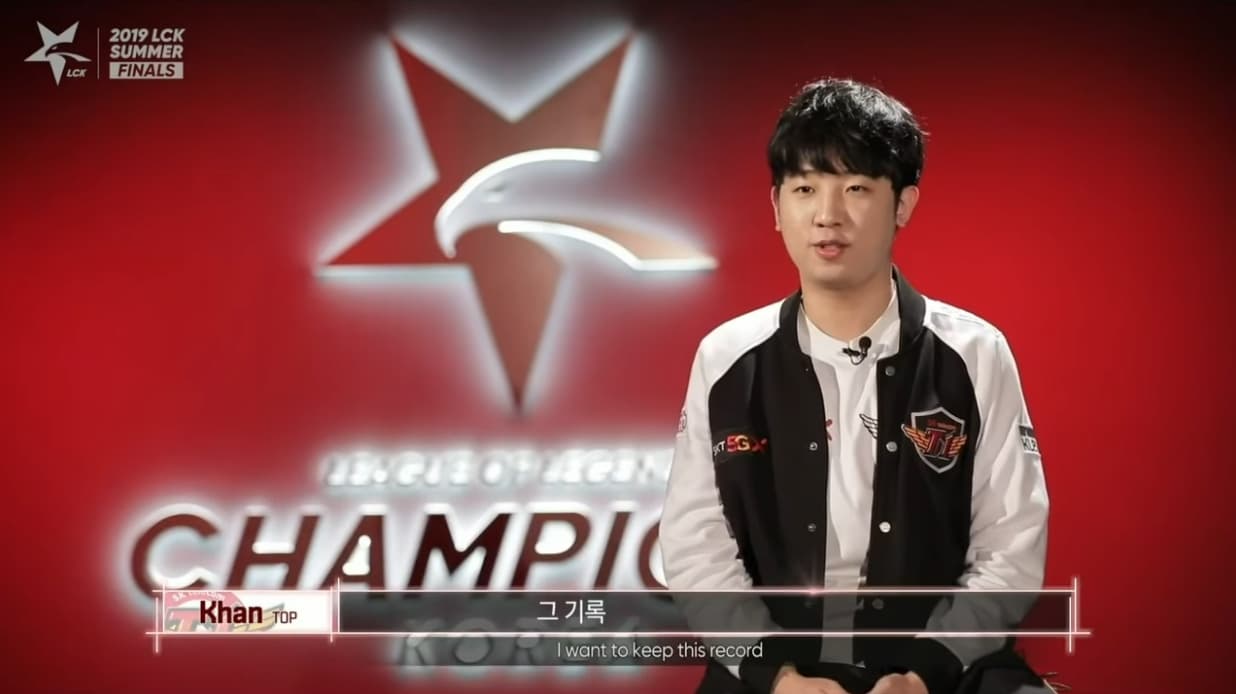
In 2015, SKT T1 went to great lengths to give Jang “MaRin” Gyeonghwan advantages, even when he played more tank-oriented picks. The bot lane gromp leash into Teleport top to match KOO Tigers’ blue buff hand-off to Song “Smeb” Kungho stands out as a pretty clear example of SKT T1’s top lane catering style.
But players like MaRin also worked really well as flanking team fighters with advantages. That’s where Khan stands out in making SKT T1’s Ezreal priority more necessary than preferential. It’s still hard to say whether a team philosophy makes SKT T1 play hard to top side to the point where their top laners seem unused to isolated 1v1s, or if they simply seem to hire these players to slot into their teams. The Tigers’ attempts to match SKT T1 through top always made it hard for them to win against them.
Either way, replacing Mata with Effort speaks pretty highly of SKT T1 solidifying their style. Historically, teams with Mata have played pretty hard to the bottom side of the map. SKT T1 seemed far more split in 2019 Spring, but this swap to Effort has made them more one-dimensional. That could be a good thing and a bad thing at the same time.
The fact that SKT T1 don’t play well for their bottom lane resets means they’ll likely come into dragon plays disadvantaged. Attempts to get prio through mid 2v2 in the early game will be met by supports roaming from bottom lane. SKT T1 then have to hope the mid wave isn’t contested in the mid game for them to secure leads against teams that better accelerate through bottom lane like G2 Esports, Fnatic, and even Royal Never Give Up.
Echoes of Longzhu’s 2017 form ring eerily around this SKT T1 roster. Especially after LCK’s disappointing performance at Worlds in 2018, a repeat of history for Korea’s Seed One would be all too tragic.
